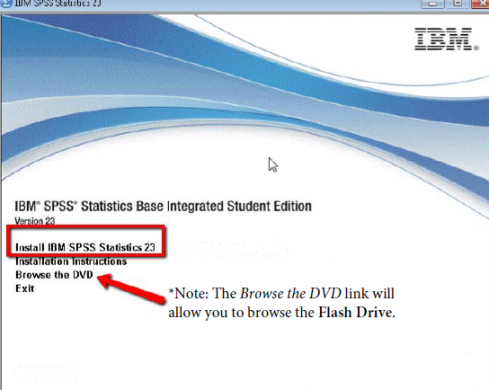

In addition, the contracture of the anterior muscles, ligaments, and capsules of atlantoaxial joint, and the formation of scar and osteophytes cause irreversible AAD, that makes reduction difficult. Once a satisfactory reduction was failed after OCF, a subsequent revision surgery, which is usually requisite for the residual compression of the spinal cord, will be more difficult to perform because the posterior structure of the craniocervical level has been destroyed in previous OCF procedure. Because of more technical difficulty of anterior approach, in clinical practice, a posterior-only occipitocervical fusion (OCF) procedure is frequently used to address BI with AAD regardless of the reducibility. Reduction of atlantoaxial joint, descent of the dens, fixation and fusion were common treatment for BI with AAD. Spinal cord decompression is the key for the improvement of neurological symptoms. Transoral revision surgery by intraarticular cage distraction and C-JAWS fixation could provide a satisfactory outcome for BI with IAAD after a previous unsuccessful posterior operation.īasilar invagination (BI) with atlantoaxial dislocation (AAD) usually causes severe neurological impairment because of the prolapse of the odontoid process into the foramen magnum and ventral compression of the cervical cord.

No patients developed recurrent atlantoaxial instability. Bony fusion was achieved after 3–9 months in all cases. The postoperative atlas-dens interval (ADI), cervicomedullary angle (CMA), distance between the top of the odontoid process and the Chamberlain line (CL) and JOA score were significantly improved in all patients ( P < 0.05). The average follow-up duration was 18.9 ± 7.3 months (range 9–30 months). The revision surgeries were successfully performed in all patients. The Japanese Orthopedic Association (JOA) score was used to evaluate the neurological function. Plain cervical radiographs, computed tomographic scans and magnetic resonance imaging were obtained pre- and postoperatively to assess the degree of atlantoaxial dislocation and compression of the cervical cord. Methodsįrom June 2011 to June 2015, 9 patients with BI and IAAD were revised by this technique after previous posterior OCF in our department. We therefore present this report to investigate the clinical outcomes of transoral intraarticular cage distraction and C-JAWS fixation for revision of BI with IAAD. Up to now, there is no report on the application of C-JAWS in the atlantoaxial joint. The C-JAWS is a cervical compressive staple that has been used in the lower cervical spine with many advantages.

Transoral revision surgery has more advantages than a combined anterior and posterior approach in addressing this pathology. The revision surgery of basilar invagination (BI) with irreducible atlantoaxial dislocation (IAAD) after a previous occipitocervical fusion (OCF) is challenging.


 0 kommentar(er)
0 kommentar(er)
